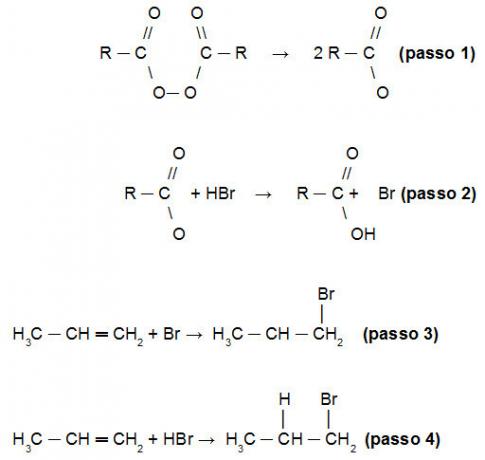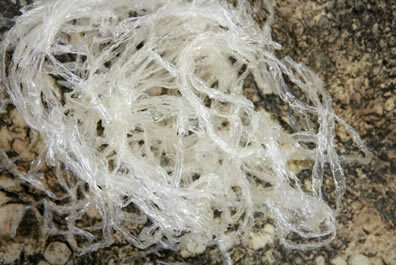Alkynes or alkynes are acyclic and unsaturated hydrocarbons due to the presence of a triple bond in their carbon chain.
The general formula for alkynes is: CnoH2n-2.
Features
The main characteristics of alkynes are:
- Colorless and odorless
- Insoluble in water
- Soluble in organic compounds
- Flammable
- extremely reactive
- Alkynes with more than 14 carbon atoms are solid.
- Melting and boiling points are higher than those of corresponding alkenes with the same number of carbon atoms in the chain.
- The simplest alkyne is ethyne or acetylene
Know, read also:
- alkanes
- alkenes
- Cyclans
- Alkadienes
Nomenclature
The nomenclature of alkynes follows the same rule as for other hydrocarbons:
PREFIX + INFIX + SUFFIX
The prefix indicates the amount of carbons in the main chain.
The infix is given by the term "in", which represents the triple bond. The suffix is given by the letter "o", which indicates the hydrocarbon compound.
Thus, the name of alkynes ends with the suffix –ino.
The main chain of an alkyne is the longest and has the triple bond. Numbering starts from the closest end of that link.
The position of the triple bond is indicated by adding a location number that precedes the alkyne and points to the carbon atom.
Examples
Etino
bribe
But-1-yne or 1-butyne
But-2-yne or 2-butyne
When alkynes are branched, the branch must also be indicated:
2-methylhex-3-yne or 2-methyl-3-hexyne
know more about:
- Nomenclature of hydrocarbons
- Organic compounds
- Hydrocarbons
Application
Alkynes are not found freely in nature, so they are produced in the laboratory.
The most known and used alkyne is the acetylene or etine. It has several purposes in industries and is commonly used for the production of synthetic rubbers, textile fibers and plastics.
Acetylene is a colorless, highly combustible gas that has a pleasant smell when in its pure form.
Read too:
- Benzene
- Aromatic Hydrocarbons
- Butane
- Exercises on Hydrocarbons



